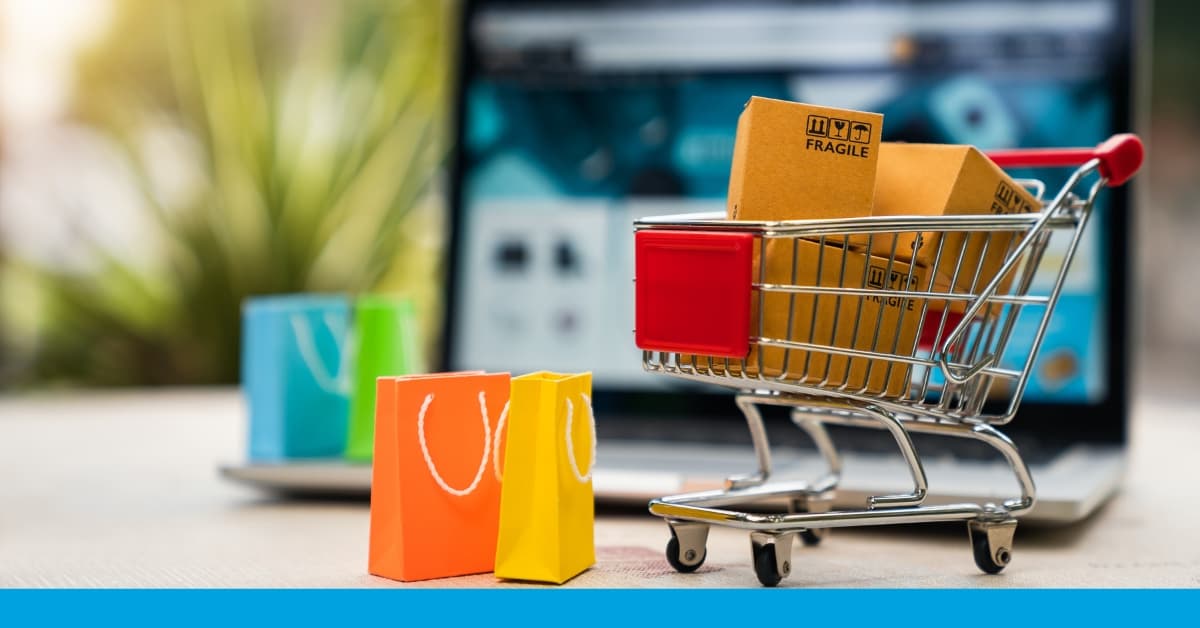How Mystery Shopping Can Help Evaluate Retail Innovation
You’ve probably noticed it: shopping doesn’t look like it used to. As customer expectations evolve, stores are getting smarter, checkout lines are...

Retail trends and technologies, such as virtual queues, self-checkout, augmented reality (AR), virtual reality (VR), and retail media networks, are changing the way we shop. But how do consumers feel about these new technologies?
Understanding how customers interact with these technologies is crucial for retailers who want to meet modern expectations and improve the shopping experience.
We surveyed over 1,500 consumers across the US to find out their preferences for in-store retail technology. Since age plays an important role in how people adopt new tech, we broke down our data by different age groups.
Here are some key takeaways from our Consumer Perceptions on Retail Tech Trends survey:
Curious to learn more? Click below to download the infographic with detailed data, or keep reading for a closer look at the key findings.
Virtual queues are becoming increasingly popular in retail, especially among younger shoppers. Our survey shows that almost 40% of respondents under 45 have used virtual queues to join a line to enter a store.
Using virtual queues in retail has many benefits for both customers and store operations. They help manage store entry during busy times, reduce wait times at checkout, and streamline customer service desks. During major sales events or product launches, virtual queues handle increased traffic and keep things organized.
By joining a line digitally, customers spend less time waiting physically. This makes shopping more pleasant and allows customers to keep browsing, which can lead to more sales. Additionally, virtual queues offer retailers the chance to engage customers with targeted promotions while they wait.
Virtual queues also provide valuable data on customer behavior and peak times. Retailers can use this data to understand shopping patterns, optimize operations and staffing, and enhance the overall customer experience.
The debate between self-checkout and traditional cashier service continues to be a hot topic, with some major retailers reporting that they are removing them entirely from their stores.
Our findings show that younger shoppers prefer self-checkout for its speed and independence. On the other hand, older consumers appreciate the interaction and service provided by cashiers.

Interestingly, studies have shown that customers who prefer regular checkouts tend to be more loyal to a store and more likely to return. They value the attention they receive from cashiers and feel they are receiving the service they are supposed to at the store.
By offering both self-checkout and cashier options, retailers can cater to different customer preferences and enhance the overall shopping experience, leading to increased customer loyalty and satisfaction.
However, brands need to balance customer preferences with potential downsides of self-checkout, such as higher merchandising loss due to customer errors and increased shoplifting.
The Augmented Reality (AR) retail market was valued at $2 billion in 2021 and is projected to reach $61.3 billion by 2031. (Source: Allied Market Research)
AR and VR are still in the early stages, with only 1% of retailers currently using them and 16% of consumers having tried them. However, these technologies can greatly enhance product visualization and customer satisfaction. Whether it's trying on shoes or visualizing furniture, AR and VR offer exciting new ways to shop.
Our survey showed that 85% of those who tried AR or VR in a retail setting enjoyed the experience, and 56% would be willing to try shopping through AR or VR in the future.
By leveraging these retail industry trends, retailers can create engaging shopping experiences that allow customers to visualize products in their own environment. This leads to more informed purchasing decisions and higher satisfaction rates.
The rise of Retail Media Networks is transforming how retailers approach advertising within stores.
Our survey shows that digital advertising, both inside and outside grocery and convenience stores, generally enhances the shopping experience.
Only 5% of respondents found it detracted from their experience, while 39% appreciated seeing information on promotions and offers.
This indicates that well-placed digital ads can positively influence purchasing decisions without harming the overall experience for the majority of consumers. Retailers should focus on creating targeted, relevant digital advertising content to capture shoppers' attention and drive conversions.

As technology continues to evolve, retailers must adapt to meet changing consumer preferences.
Embracing innovations like virtual queues, self-checkout, AR, VR, and digital advertising can lead to increased customer satisfaction and loyalty, ultimately driving sales and growth.
At Intouch Insight, we specialize in helping multi-location brands achieve operational excellence and exceed customer expectations through our comprehensive CX solutions.
Are you ready to transform your retail strategy? Get in touch to learn more about how we can help you stay ahead in the competitive retail landscape.

You’ve probably noticed it: shopping doesn’t look like it used to. As customer expectations evolve, stores are getting smarter, checkout lines are...

The future of online shopping looks incredibly promising, with e-commerce spending projected to reach $1.2 trillion in 2024. To understand how...

With back-to-school shopping wrapped up, retailers are now gearing up for the most important time of the year: the holiday season.